Emiliano Salci and Britt Moran, the founders of Dimore Studio, kicked off their careers in 2005 with the opening of their gallery/home, now exclusively a showroom, in the courtyard of an old building in Via Solferino, in Milan’s Brera district.
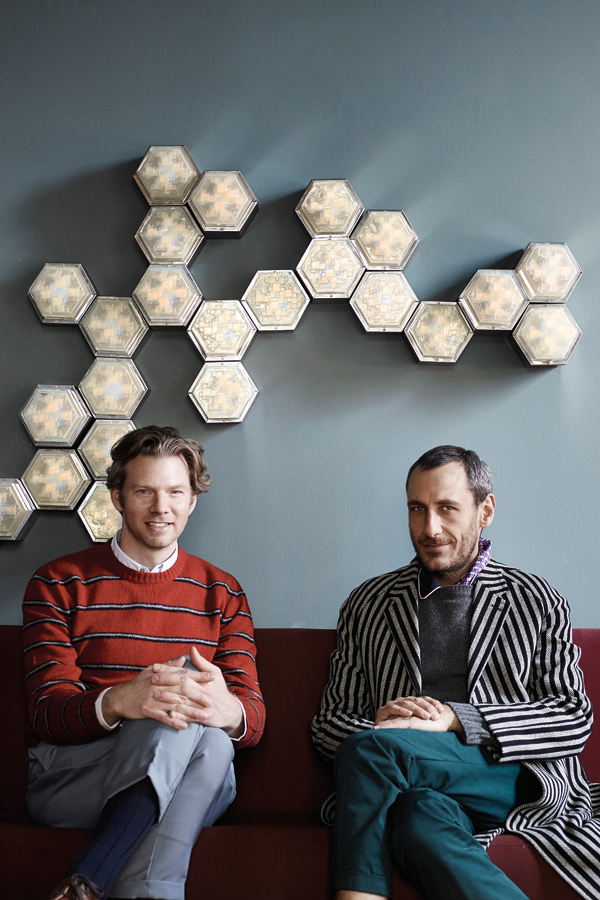
The apartment bears numerous traces of its historic past, and over the years its suite of rooms, featuring distinctive ceilings, fireplaces and spacious windows, has provided the ideal setting in which to reveal the aesthetics and philosophy of Dimore Studio.
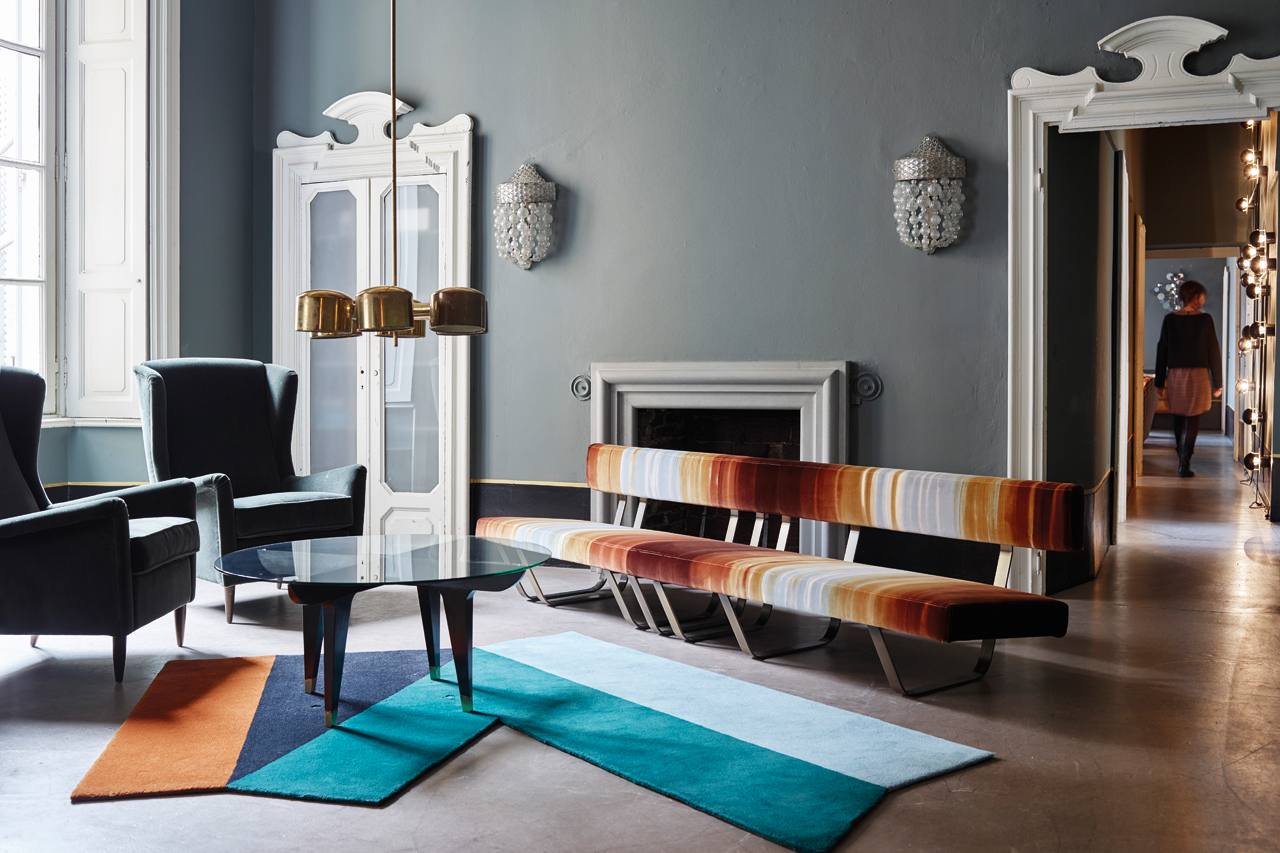
Emiliano and Britt do look back – to the 1930s, ’40s and ’50s in particular – but not with a sense of nostalgia. Their gaze is one of dynamic curiosity and discovery, expressed in a twofold approach. First, they design furniture, initially sold in limited editions by Nilufar gallery but is now brought together in a single broad collection.
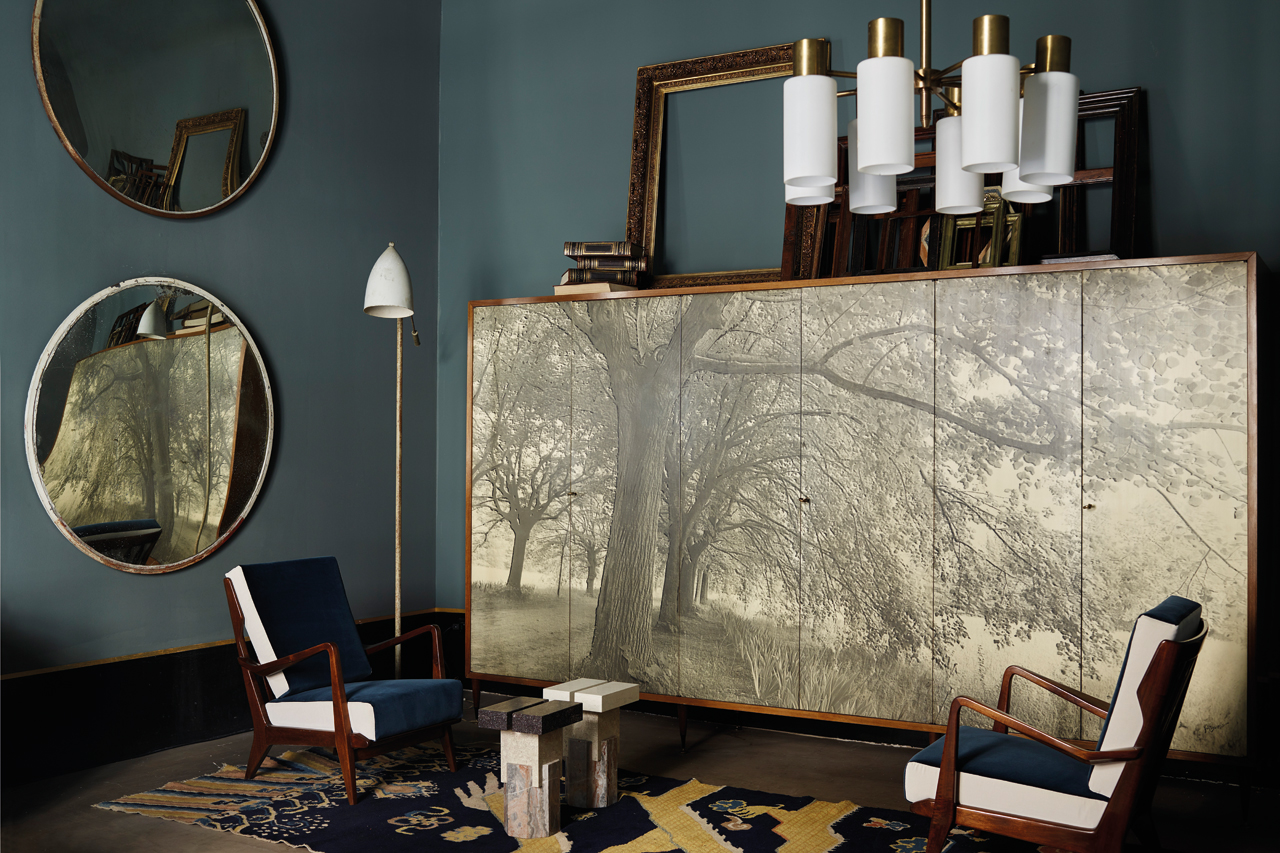
Second, they create interiors, featuring their own work in combination with other items, whether by signature designers (such as Giò Ponti, Jean Royère and Fornasetti) or rescued from anonymity, from places whose locations are kept rigorously secret. Contrast is the keynote in the scenographic interiors they create, and their skilful orchestration ensures a continuous dialogue between the different elements involved, to the point where it becomes hard to tell an antique from what’s fresh off the drawing board.
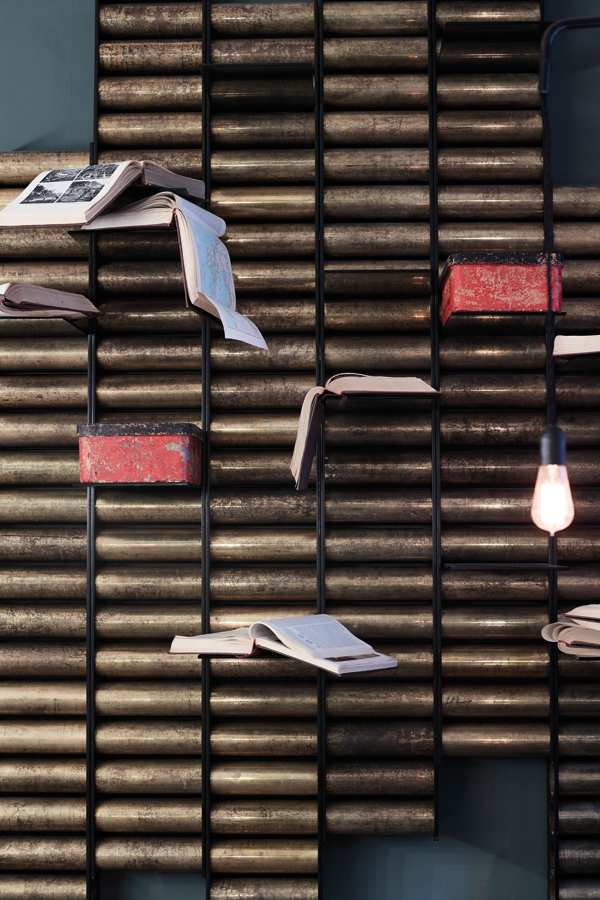
A bookcase sculpture from their collection (pictured above), a ceiling lamp that turns in the air like a mobile, an antique armchair given a new lease of life by an unlikely fabric, a background formed by a dusty-tinged wall on which hangs a shining new puzzle-carpet – this is the vocabulary of their sophisticated and exciting language. As Emiliano and Britt readily admit: “We both love the Novecento, and it isn’t hard to see our work as a tribute to the applied arts of the last century.”
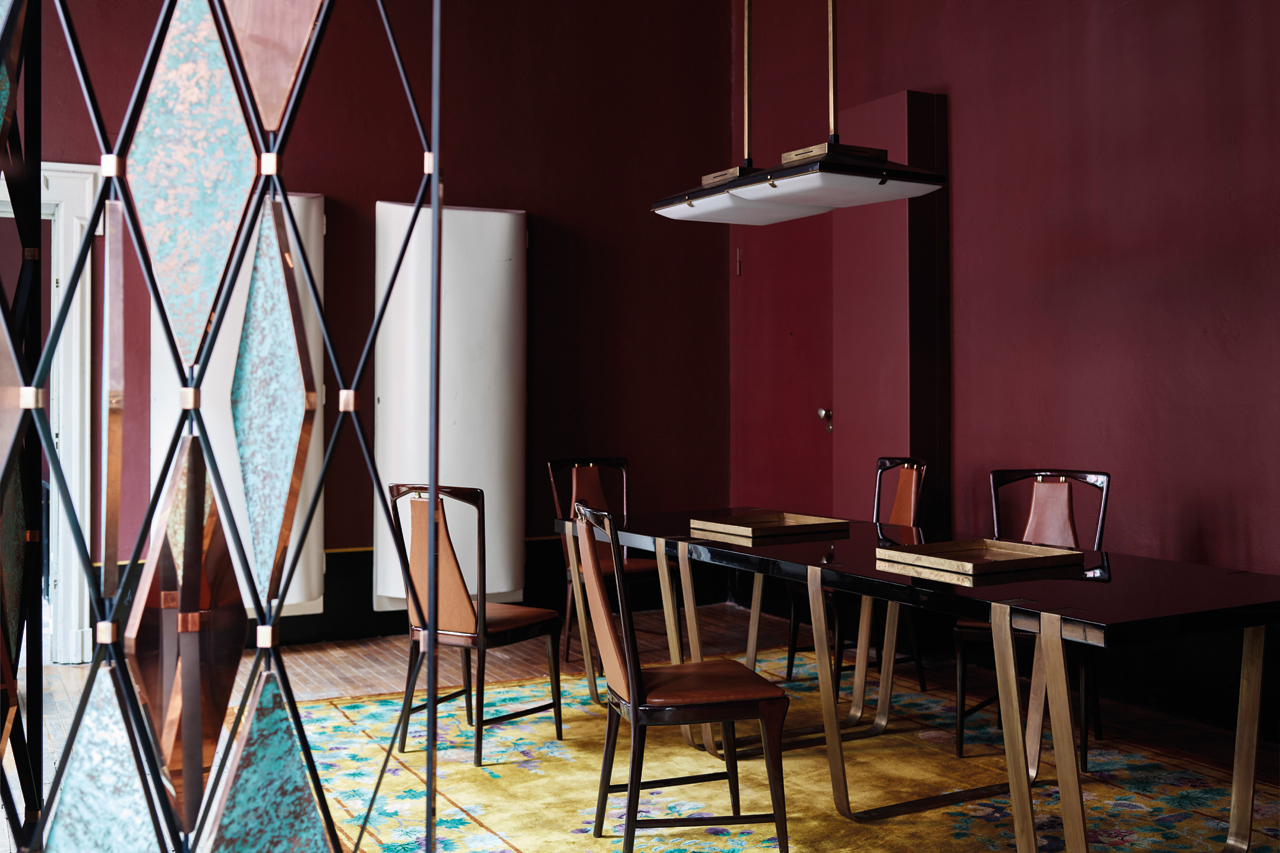
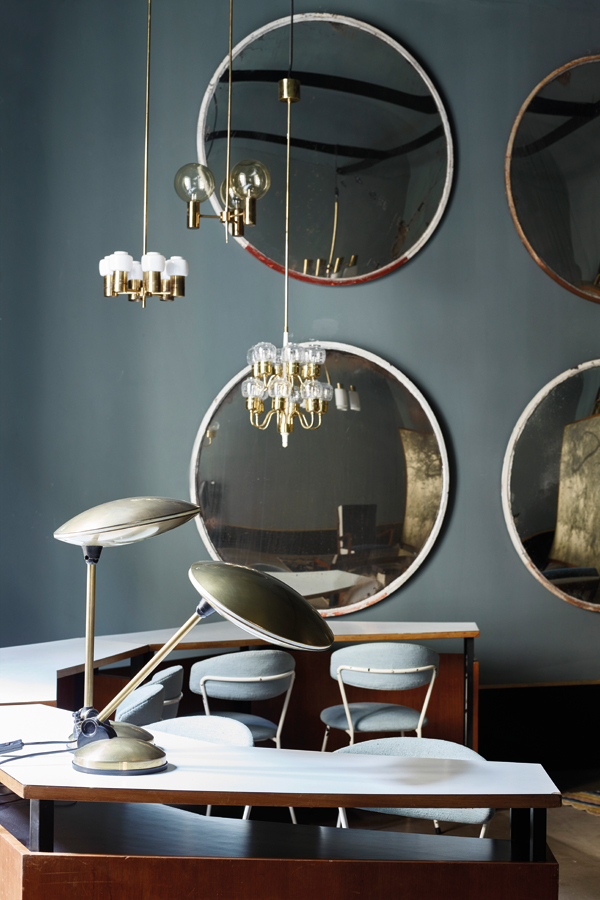
Their space displays an affinity to historical references that go along with their own sensibilities and their expert use of colours and materials, with a preference for metals softened by patina but also for surprising combinations. These are the typical ingredients of their schemes for both public spaces and private apartments. They have often come up with original ideas that became established trends, such as the brass cladding for the rather severe kitchen unit in what was then their home, given the look of a Donald Judd sculpture.
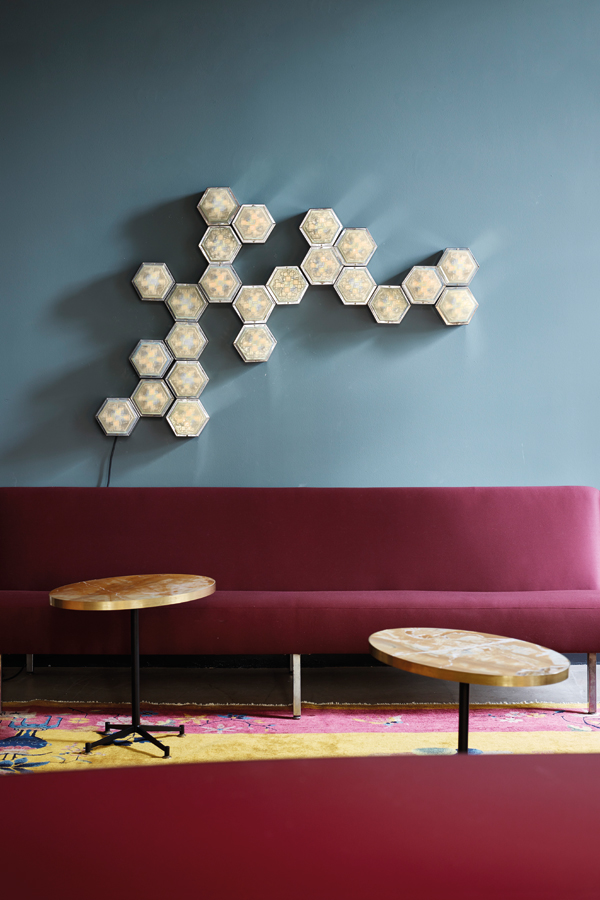
Design, art, architecture and fashion all filter down into their work, judiciously blended with shrewd purchases from the antique markets and old craft workshops that they browse as free spirits, buying on the premise of love-at-first-sight. “When we start out designing an interior, we prefer not to wipe out the pre-existing framework, because spaces, like people, want to be respected,” Emiliano and Britt explain. “We want to engage in conversation with the client, rather than impose our own predetermined point of view.”






